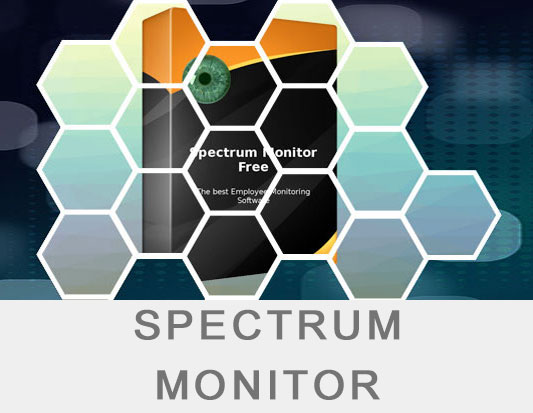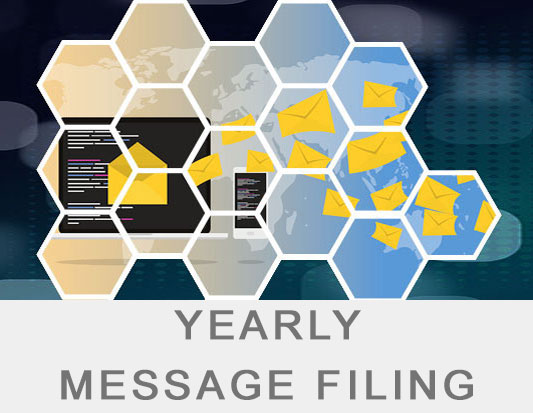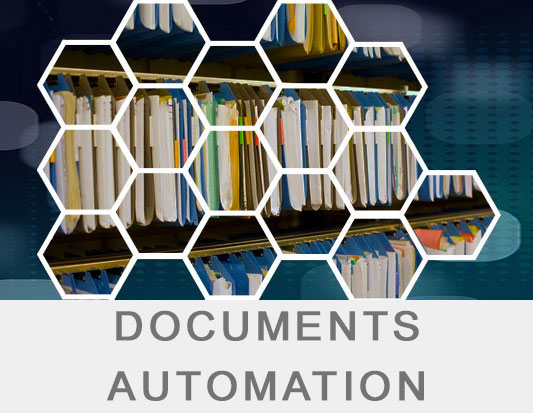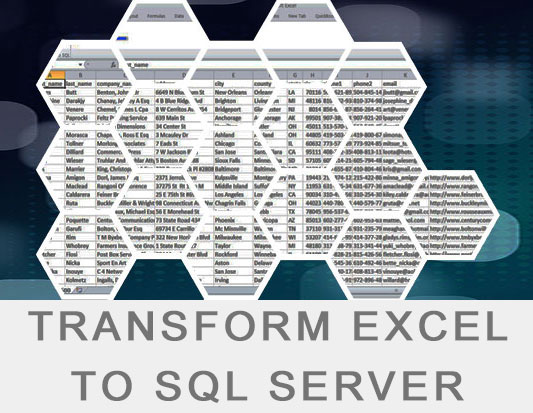Transform Excel data to SQL Server tables

The problem
You possess an Excel spreadsheet that you wish to integrate into your database. However, the data within the Excel file is not in a normalized form. This could be observed in the form of repeated entries such as city names, country names, product categories, and so on. These repetitions indicate that the data is redundant, which is an undesirable characteristic when working with databases.

In order to effectively import this data into your database, you’ll need to undertake a process of manual data restructuring. This process involves transforming the unstructured data in the Excel sheet into a format that fits into a relational database model. In this model, data is organized into one or more tables, each with a unique key that identifies each row, and relationships are defined between tables.
The goal of this restructuring process is to achieve data normalization, a state where data redundancy is minimized and data integrity is maximized. In a normalized dataset, each piece of data is stored in exactly one place, making updates, insertions, and deletions more straightforward and less error-prone.
This process might involve dividing the data into separate tables based on the entities they represent. For example, city names, country names, and product categories could each become separate tables in your database, with relationships defined between them as necessary.
Once the data is restructured and normalized, you would be able to import it into your database, which would now be capable of handling the data more efficiently and accurately, thereby improving the overall quality and reliability of your data management system.
The solution

Our team has designed and built a unique software application, named ‘Transform Excel to SQL Server’. This tool aims to simplify and automate the complex task of transmuting data from Excel spreadsheets into an organized SQL Server database.
This application operates by proficiently extracting data from the columns of an Excel sheet. It then undergoes a process of normalization, a critical step that minimizes data redundancy and maximizes data integrity. Once the data is normalized, the software automatically generates SQL Server tables that are aligned with the newly processed and structured information.
The end result of this efficient conversion process is a well-structured, normalized SQL database that conforms to the highest standards and best practices of data management. By leveraging our ‘Transform Excel to SQL Server’ application, not only do you get an optimally organized database, but you also eliminate potential errors and inconsistencies that could occur with manual data handling.
This tool offers significant advantages over conventional methods. Instead of writing complex, time-consuming custom code to convert and normalize your data, the ‘Transform Excel to SQL’ application automates the process, saving you a substantial amount of time and effort. Whether you’re dealing with small datasets for a local business or large datasets for a multinational corporation, our software provides a reliable, efficient solution for your data transformation needs.
Who needs this application

Data professionals often find themselves tasked with bridging data gaps between various departments and integrating different modules within existing software systems. The ‘Transform Excel to SQL’ application offers a solution to this challenge, enabling managers to convert raw data into meaningful reports using report designers such as SQL Server, Microsoft Access, or SharePoint.
The marketing department, for example, can benefit from this app by extracting data from web pages and pasting it into an Excel sheet. This data can then be loaded into a database for further processing and analysis, enhancing the efficiency of their marketing strategies and campaigns.
Developers, too, can take advantage of this powerful Add-In when it comes to migrating data from legacy software systems. By using ‘Transform Excel to SQL,’ developers can streamline the data migration process, making it easier to modernize and upgrade their applications without losing valuable information or disrupting existing workflows.
‘Transform Excel to SQL Server’ is a versatile tool that can be utilized by various professionals, including data workers, managers, marketing teams, and developers, to simplify data management and enhance overall productivity.
THE STORY BEHIND this Tool
Our decision to develop the ‘Transform Excel to SQL’ application was prompted by a unique request from the World Health Organization (WHO). The WHO sought to gather extensive information from numerous hospitals dispersed across a vast region. A critical aspect of this data was details pertaining to the specialties of the doctors working at each healthcare unit.
The mechanism provided for data collection was an Excel template. However, this template did not incorporate any principles of data normalization. It allowed users to input text freely, with no restrictions or predefined selections from a list. This led to inconsistencies and potential errors, presenting a significant challenge in ensuring data quality and usability.
The raw, unstructured data gathered from these diverse sources needed to be thoroughly cleaned and normalized. Only then could it be transferred to a database for subsequent analysis and processing. Confronted with this task, our team had an important decision to make.
Rather than devising a custom solution specifically tailored to this one-time need, we opted for a more forward-thinking approach. We decided to create a versatile tool, one that would not only cater to the immediate demand but also serve future projects requiring similar data transformation.
Thus, the ‘Transform Excel to SQL Server’ application was born. This tool offers a robust solution for converting non-normalized data from Excel spreadsheets into structured, normalized SQL Server databases. We designed it to be flexible and reusable, capable of adapting to a wide array of data transformation tasks. By doing so, we aim to assist organizations in maintaining high data quality standards, irrespective of the project’s nature or scale.
Data normalization is a process in database design that organizes data to minimize redundancy and avoid data anomalies. The main idea is to divide large tables into smaller ones and link them using relationships. The purpose of normalization is to eliminate undesirable characteristics like insertion, update and deletion anomalies.
There are several types of normalization, each referred to as a "normal form." Here are the primary normal forms:
- First Normal Form (1NF): In this form, the table has a primary key, and each column contains atomic (indivisible) values, with no repeating groups or arrays.
Example: A table with columns student_id, student_name, subject, where each student_id is unique, and there are no repeating groups or arrays. - Second Normal Form (2NF): In this form, the table is in 1NF and all non-key columns are fully dependent on the primary key. This means that if a table has a composite primary key, then every other column should be dependent on the full set, not just part of it.
Example: In a table with columns student_id, subject_id (composite key), and subject_name, subject_name depends on the full primary key (student_id and subject_id), not just one part of it. - Third Normal Form (3NF): In this form, the table is in 2NF and there are no transitive dependencies of non-key attributes.
Example: In a table with columns student_id, subject_id, and subject_teacher, subject_teacher is not dependent on student_id. - Boyce-Codd Normal Form (BCNF): This is a stronger version of 3NF. In this form, every non-trivial functional dependency is on a superkey.
Example: A table with columns student_id, subject_id, and subject_teacher, where subject_id -> subject_teacher, and subject_id is a superkey. - Fourth Normal Form (4NF): In this form, the table is in BCNF and there are no multi-valued dependencies.
- Fifth Normal Form (5NF) or Project-Join Normal Form (PJNF): In this form, the table is in 4NF and every join dependency is implied by the candidate keys.
These are some of the basic normal forms.
There are even more advanced ones like Domain/Key Normal Form (DKNF) and Sixth Normal Form (6NF), which are used less frequently.Let's consider a simple database of a school. A table that hasn't been normalized might look something like this:

In this table, there are several problems due to lack of normalization:
Redundancy: You can see that the names of subjects and teachers are repeated for different students. If a teacher changes, you would need to change that teacher's name for every student they teach. This is inefficient and error-prone.
Update Anomalies: Suppose John drops out of the Math class. The row would have to be updated to remove Math from John's subjects and Mrs. Smith from his teachers. This could potentially lead to errors and inconsistencies.
Insertion Anomalies: If a new subject is introduced, but no student has yet enrolled in it, we cannot record the subject in this table until at least one student enrolls.
Deletion Anomalies: If a student leaves the school, their record will be removed, but this might result in loss of information. For instance, if Alex is the only student taking History, deleting Alex would result in loss of the information that Mr. White teaches History.
Atomicity: The 'Subjects' and 'Teacher' columns contain multiple values (non-atomic), which is against the rules of the first normal form (1NF).To normalize the above table, we would first need to break it down into smaller, related tables. Each of these tables would represent a distinct entity, and we would eliminate the redundancies and anomalies we pointed out before. Here's what that might look like:

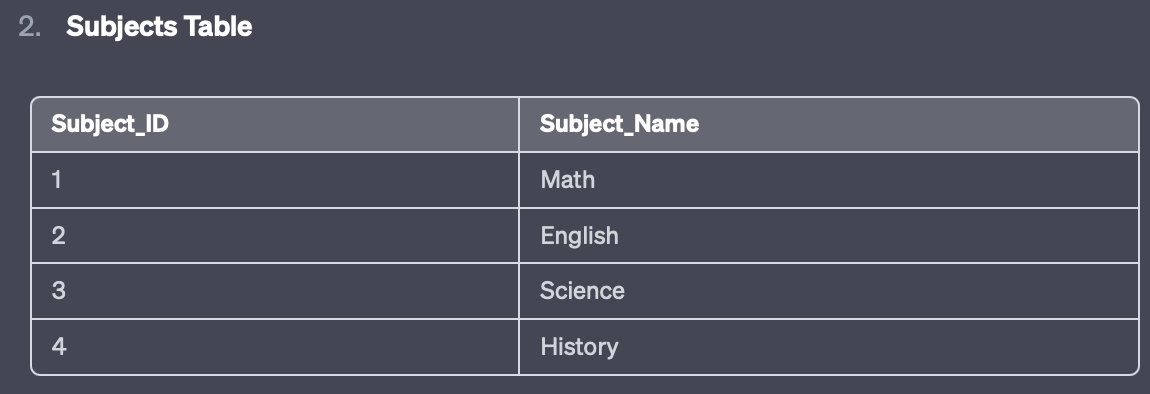
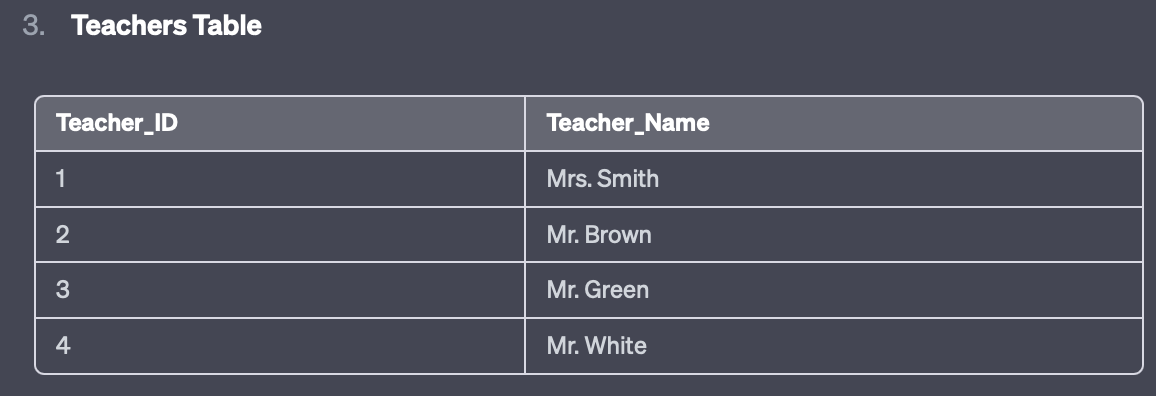
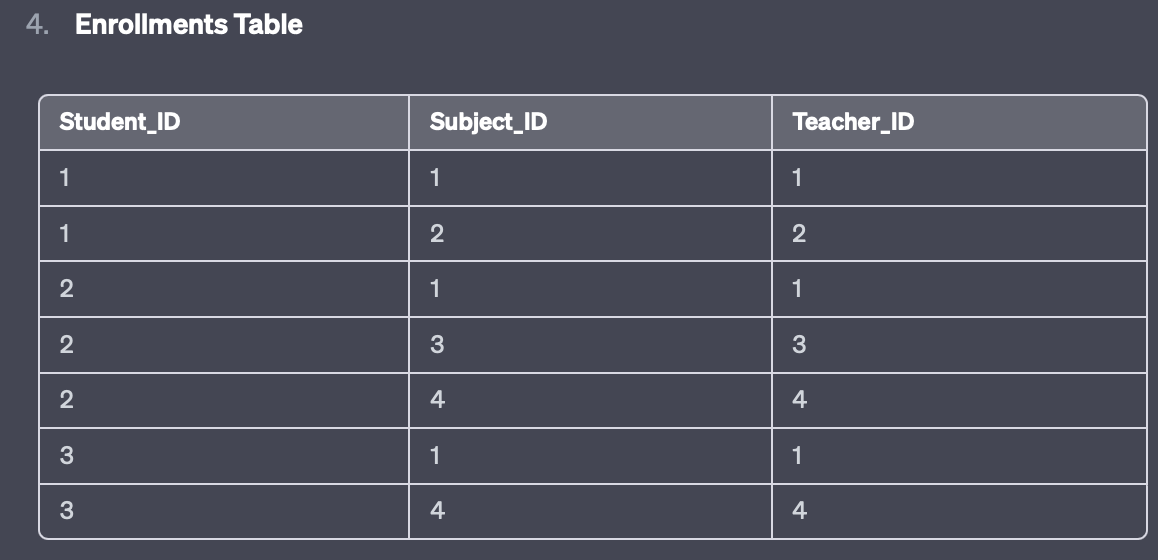
In the new design, each table now represents one entity type: Students, Subjects, and Teachers. The Enrollments table is a junction table that represents the many-to-many relationship between Students and Subjects (taught by specific Teachers). Each row in the Enrollments table represents one student enrolled in one subject taught by a specific teacher, which removes redundancy and anomalies, and ensures data integrity.
This design is in Third Normal Form (3NF) as it satisfies the conditions of 1NF (each cell contains a single value), 2NF (all non-key columns are fully dependent on the primary key), and 3NF (there are no transitive dependencies).
Visual Tour
Open your Excel file, click the newly added Tab, click the ‘Transform…’ button and connect to your SQL Server.
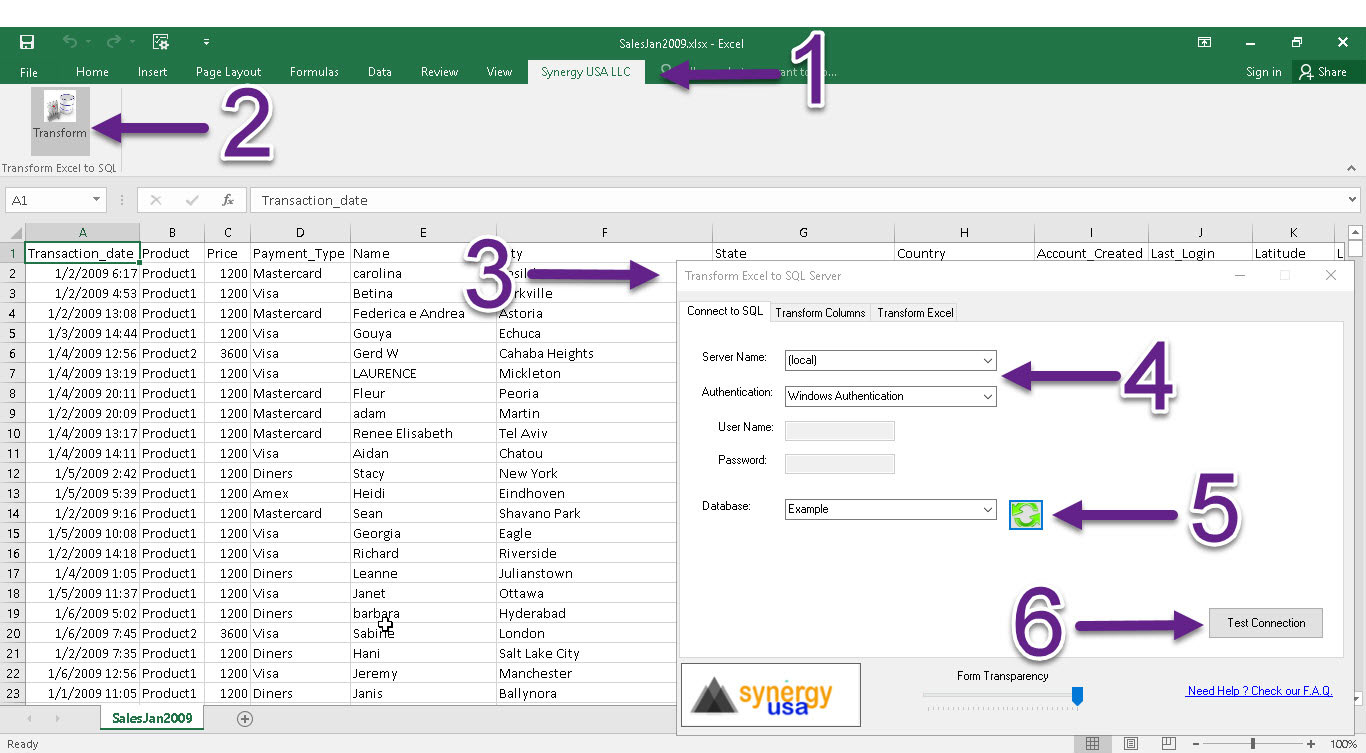
Make sure you can communicate with your SQL Server.
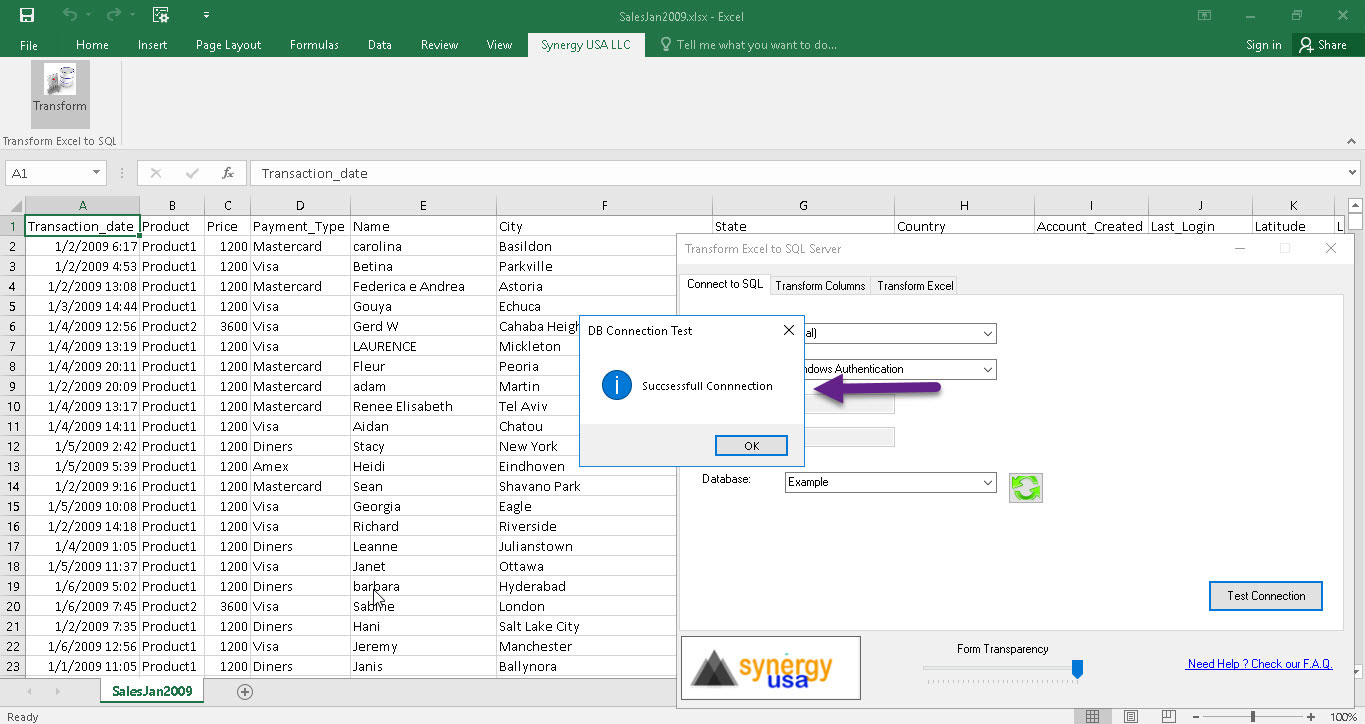
Click on the ‘Transform Columns’ tab. Select a column that contains repetitive/similar data.
(Check Data Normalization Theory link found above)
Then click ‘Load Selected…’ and ‘Create Table…’ The column will be transformed to a table in the SQL Server.
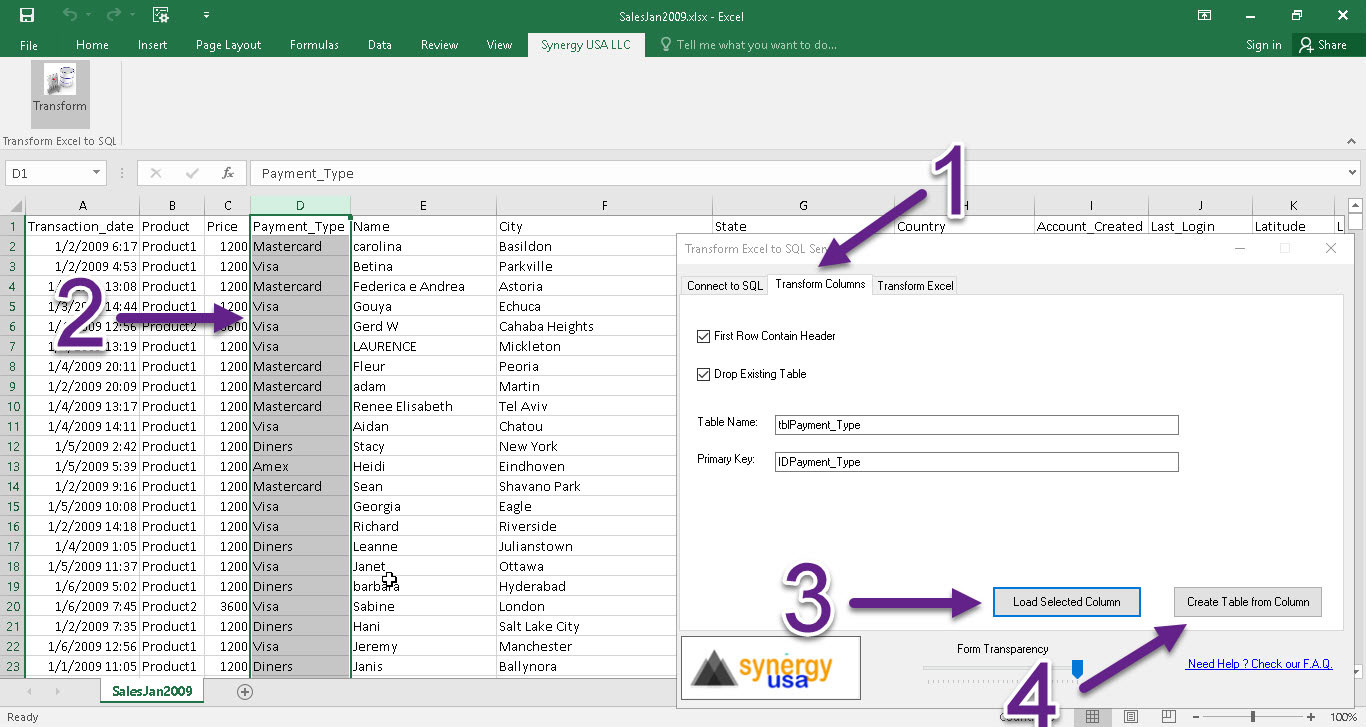
The column is now transformed to a SQL Server table and it’s ID values are inserted in the selected column. They will be used on our last step.
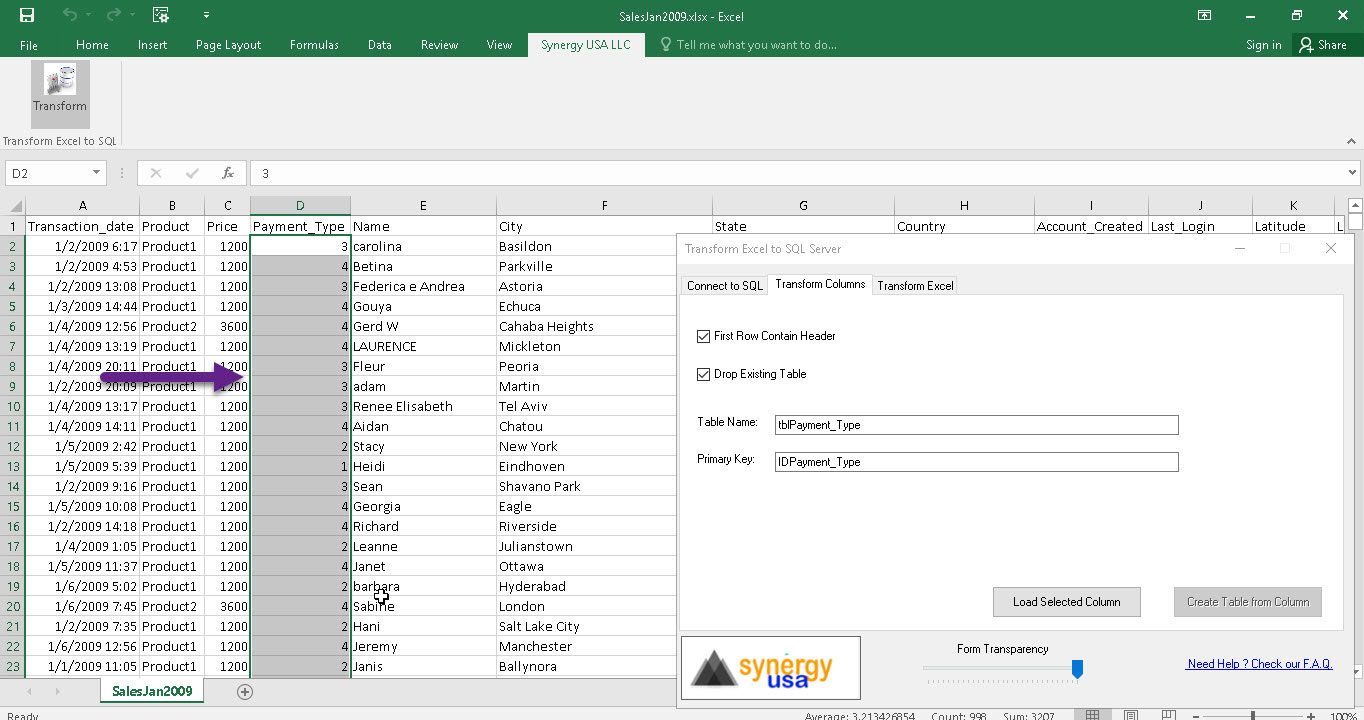
Do the same for the rest of the columns that contain repetitive data.
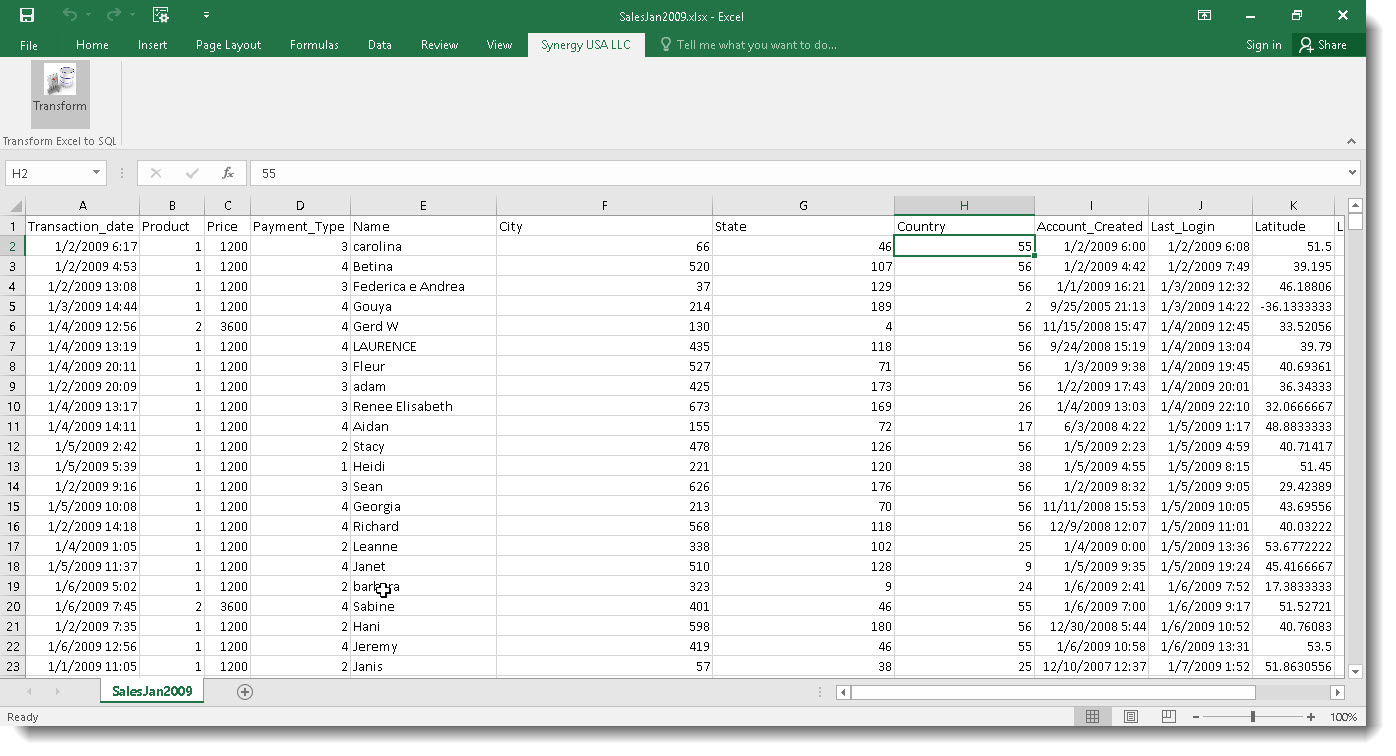
When finished, click the ‘Transform Excel’ tab. Then click on the ‘Load Columns’ button to load columns into the grid.
Set their data type. Specify a Master table name, which will contain all Excel data and click the ‘Transform Excel’ button.
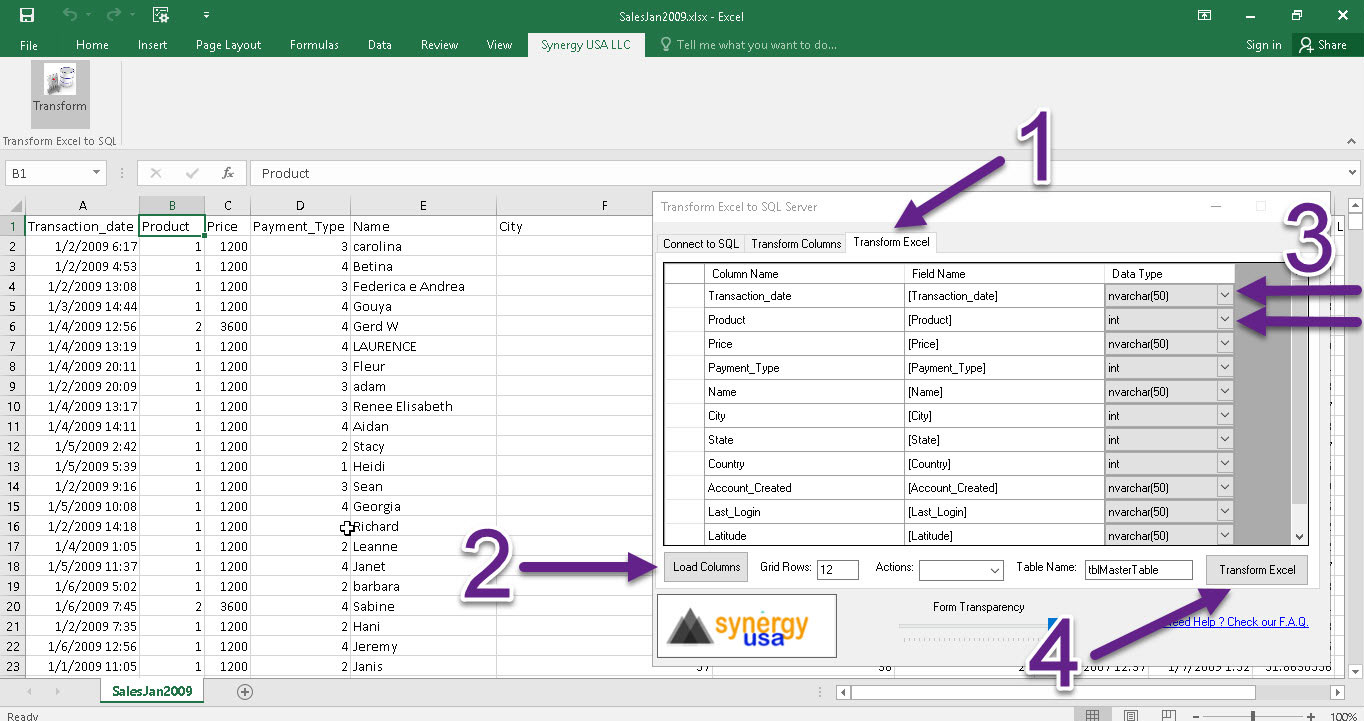
Go to your SQL Management and check for the newly created tables.
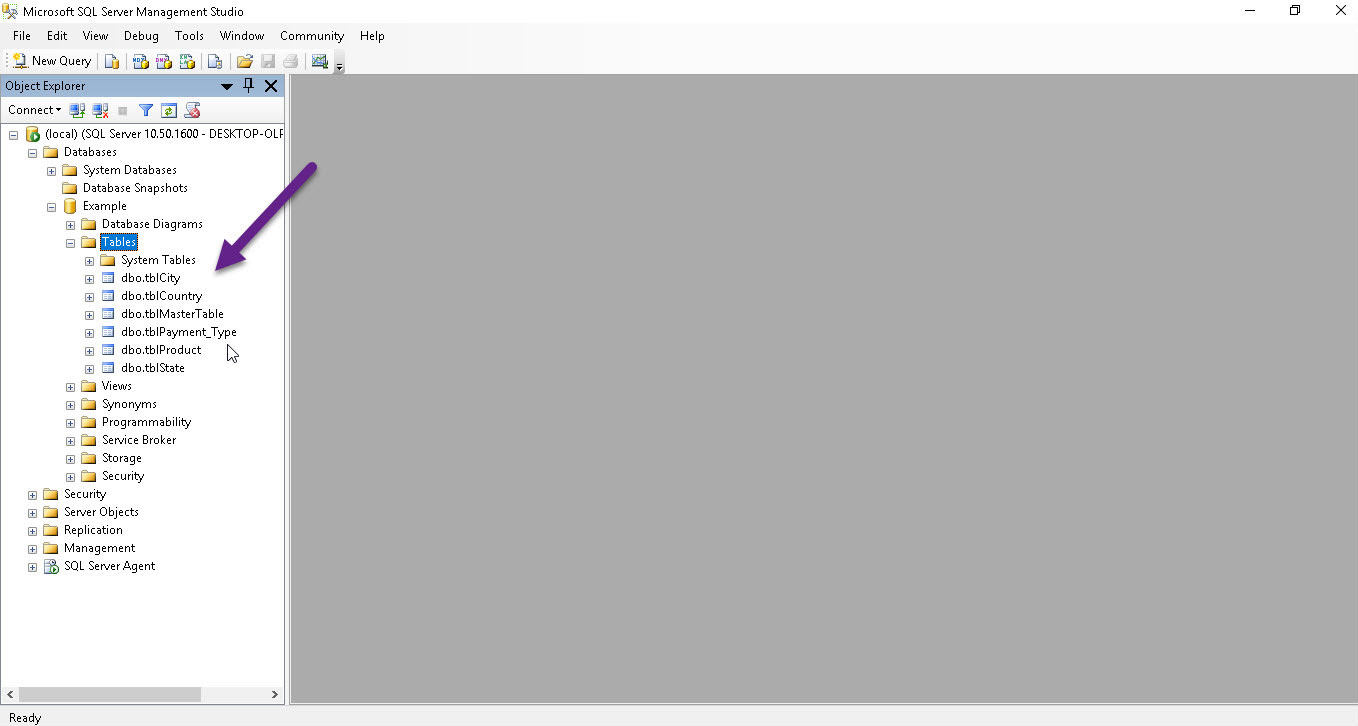
Create a test view and add all tables.

You now have a normalized database transformed from an Excel.
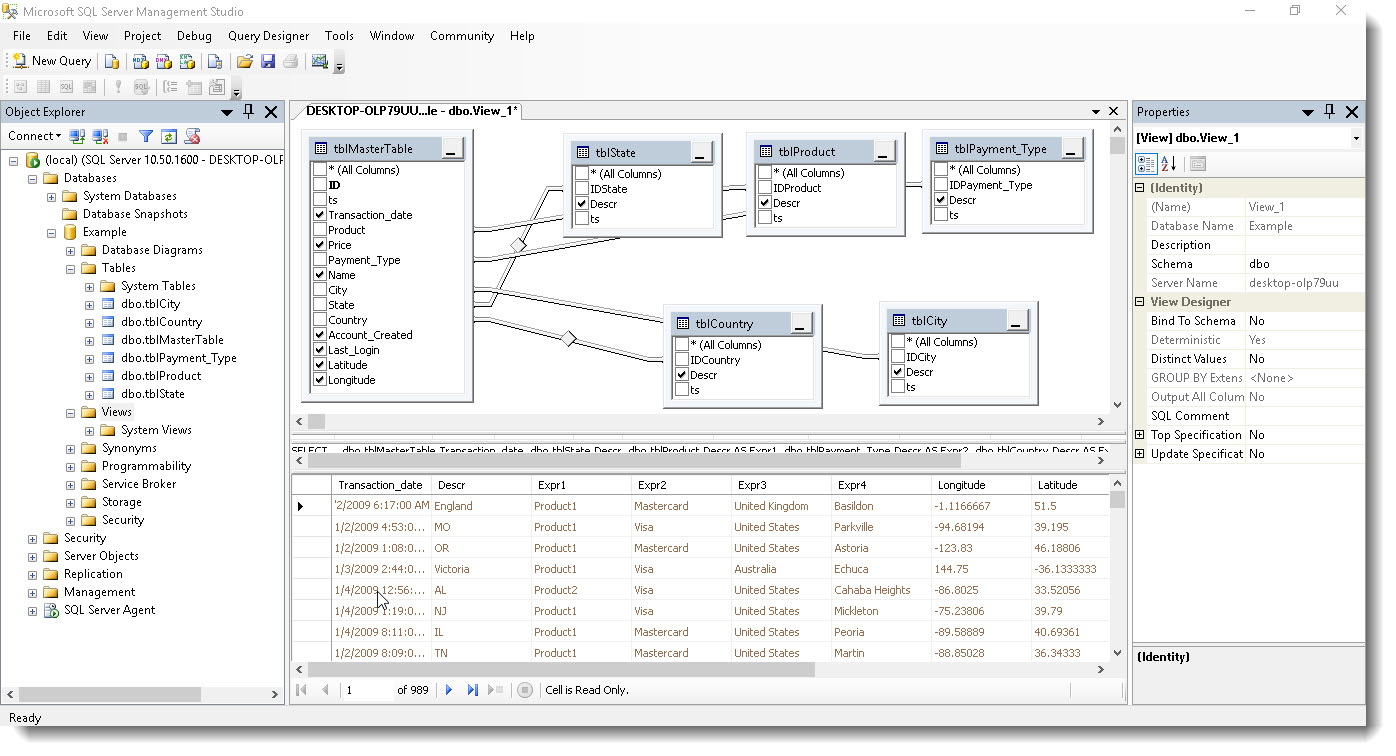
Download your free APP
(No Card Needed, will work for a limited number of rows and until the end of Sep/2024, works for both 32 and 64 bit versions of Excel)
Uploaded and found clean by VirusTotal:


